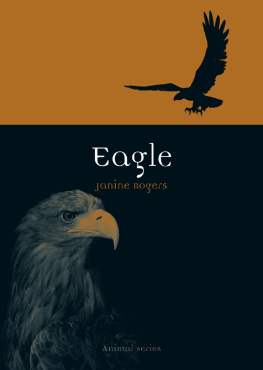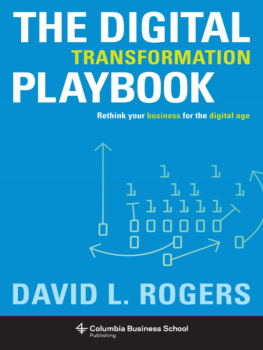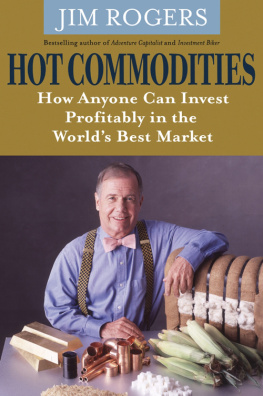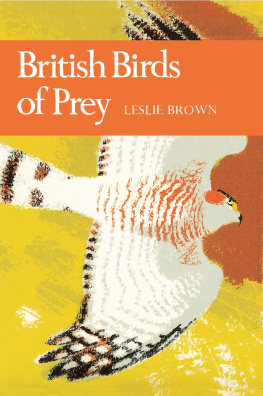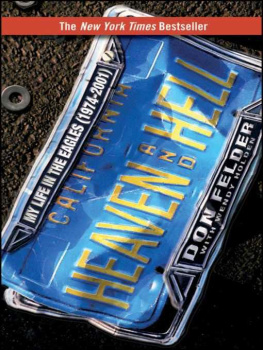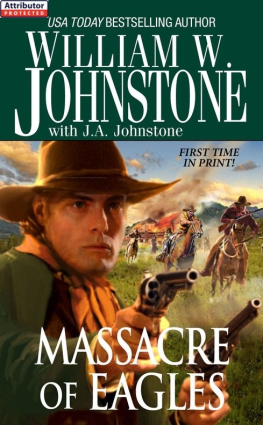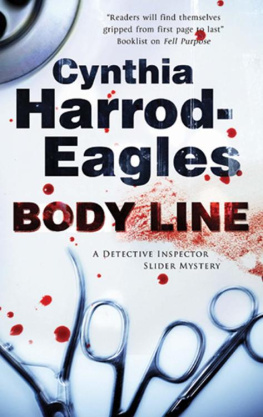Eagle

Animal
Series editor: Jonathan Burt
Already published
Albatross Graham Barwell Ant Charlotte Sleigh Ape John Sorenson Badger Daniel Heath Justice
Bear Robert E. Bieder Bee Claire Preston Beaver Rachel Poliquin Bison Desmond Morris
Camel Robert Irwin Cat Katharine M. Rogers Chicken Annie Potts Cockroach Marion Copeland
Cow Hannah Velten Crocodile Dan Wylie Crow Boria Sax Deer John Fletcher Dog Susan McHugh
Dolphin Alan Rauch Donkey Jill Bough Duck Victoria de Rijke Eagle Janine Rogers
Eel Richard Schweid Elephant Dan Wylie Falcon Helen Macdonald Flamingo Caitlin R. Kight
Fly Steven Connor Fox Martin Wallen Frog Charlotte Sleigh Giraffe Edgar Williams
Goat Joy Hinson Gorilla Ted Gott and Kathryn Weir Guinea Pig Dorothy Yamamoto
Hare Simon Carnell Hedgehog Hugh Warwick Horse Elaine Walker Hyena Mikita Brottman
Kangaroo John Simons Leech Robert G. W. Kirk and Neil Pemberton Leopard Desmond Morris
Lion Deirdre Jackson Lobster Richard J. King Monkey Desmond Morris Moose Kevin Jackson
Mosquito Richard Jones Mouse Georgie Carroll Octopus Richard Schweid Ostrich Edgar Williams
Otter Daniel Allen Owl Desmond Morris Oyster Rebecca Stott Parrot Paul Carter
Peacock Christine E. Jackson Penguin Stephen Martin Pig Brett Mizelle Pigeon Barbara Allen
Rabbit Victoria Dickenson Rat Jonathan Burt Rhinoceros Kelly Enright Salmon Peter Coates
Shark Dean Crawford Snail Peter Williams Snake Drake Stutesman Sparrow Kim Todd
Spider Katarzyna and Sergiusz Michalski Swan Peter Young Tiger Susie Green Tortoise Peter Young
Trout James Owen Vulture Thom van Dooren Walrus John Miller and Louise Miller Whale Joe Roman
Wolf Garry Marvin
Eagle
Janine Rogers
REAKTION BOOKS
For Bill and Brian, birders
Published by
REAKTION BOOKS LTD
33 Great Sutton Street
London EC1V 0DX, UK
www.reaktionbooks.co.uk
First published 2015
Copyright Janine Rogers 2015
All rights reserved
No part of this publication may be reproduced, stored in a retrieval system or transmitted, in any form or by any means, electronic, mechanical, photocopying, recording or otherwise without the prior permission of the publishers
Page references in the Photo Acknowledgements and
Index match the printed edition of this book.
Printed and bound in China by C&C Printing Co. Ltd
A catalogue record for this book is available from the British Library
eISBN: 97881780233901
Contents

A majestic bald eagle flies over its nest.
Introduction
A few years ago I sat with a friend on a beach on the Northumberland Strait, a narrow body of water that divides Prince Edward Island from Nova Scotia and New Brunswick, watching the birds take advantage of the low tide. A bald eagle flew into view; we admired its dramatic markings and powerful flight. It made a few passes over the flats, moving more slowly and deliberately than the other seabirds. Suddenly it became a dark streak and struck a black cormorant in mid-air with breathtaking speed and precision. The two birds fell to the sea floor, the cormorant (which is not a small bird) struggling desperately. On the ground the eagle looked twice the size it had in the air it dragged its frantic prey behind a low rock and began to tear at it. Although the rock hid the worse of the violence, we were horrified at what followed. For long moments we could see the cormorants head or wing wave over the rock as the victim thrashed: the eagle was eating it alive.
In those few minutes we had witnessed many of the associations people have with eagles. Across cultures and through millennia, eagles have been known for their elegance, power and cruelty, and these characteristics have caused eagles to be among the most mythologized and storied of birds. Human emotions towards eagles range from reverence to repugnance and yet they are also deeply mysterious to us. As a general rule,they tend to live on the fringes of the human world they are rarely tamed and, even in the case of the largest and most dramatic eagles like the golden eagle and the bald eagle, our imaginations about their lives often outstrip our actual knowledge because we are forced to observe them at a distance. And yet while our scientific understanding of eagles has been hardwon, eagles are far from unknown in the larger sense: being birds of such rough beauty and aggression, they are a conspicuous presence in many cultural narratives. Often called the king of the birds, eagles rule in the human imagination as much as they rule the ecosystems they inhabit.
Their place at the top of the food chain, however, presents an inborn vulnerability for these magnificent birds. Like many other major predators, they breed slowly; even in optimal conditions eagles just barely maintain their populations. Our modern world, of course, is forming ecologies that are far from optimal for eagles and many species are endangered by pollution, urban sprawl, habitat destruction and direct persecution by people. As a result, we are at risk of losing a key character in our ecological, cultural and perhaps even psychological landscapes.
Broadly speaking, the eagle is a symbol of paradox and liminality states of contradiction and in-betweenness. Symbols like this can refer simultaneously to two oppositional things at once or to something that refuses absolute categories of understanding. Much of this symbolic ambiguity can be traced to the real lives of eagles and their function in the biological world. They are the ber-hunter, often seen as the red tooth and claw of nature as they weed out the sick, the weak, the slow and the unlucky. They gorge themselves on the flesh of the innocent, and not only that, but on the decaying corpses of the already dead. They seem voracious and indiscriminate a random killing machine, a thief and a scavenger who is lazy with the opportunistic cruelty of the criminal. Even their infants kill each other. On the positive side, we see eagles as noble: large, powerful, with the proverbially piercing eyes that seem to watch over us. They soar amazingly high and fast, with apparently little effort. They are long-lived, (mostly) loyal to their mates and attentive parents. They are clever and resourceful. They are beautiful. Religious beliefs are built around them.

| A red fox devoured in the snow. |
In all of our imaginative ideas of eagles these polarities and contradictions persist. And indeed, in the realm of the gods eagles are the bringers of life and death equally. Fair-minded observers have long noticed that even the apparently disgusting behaviours of eagles have positive effects; carrion eaters clean the world of decayed corpses, bacteria and disease, creating a healthy environment so that others may live. We come full circle; the eagle is a resurrectionist. The eagles of Zeus communicate his often arbitrary and inscrutable wishes to men; capable of great vision, but also motiveless cruelty, the god and his familiars are perfectly matched. North American eagles carry us between the land of the living and the land of the dead and it is not necessarily a one-wayjourney. As a bird of destruction and resurrection the eagle is extended into fantastical creatures like the phoenix, as well as hybrid beings like the gryphon and the sphinx. A figure of death, but also regeneration; a symbol of freedom, but also tyranny; we look to the eagle to exemplify the best and the worst qualities of our own existence, and of ourselves.

